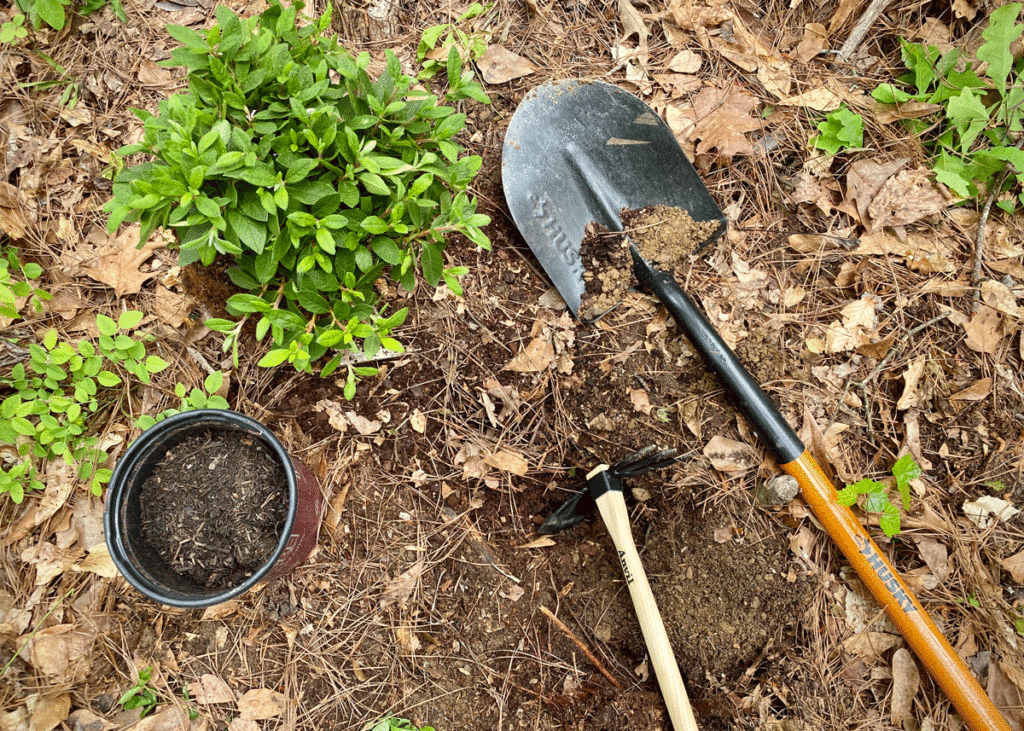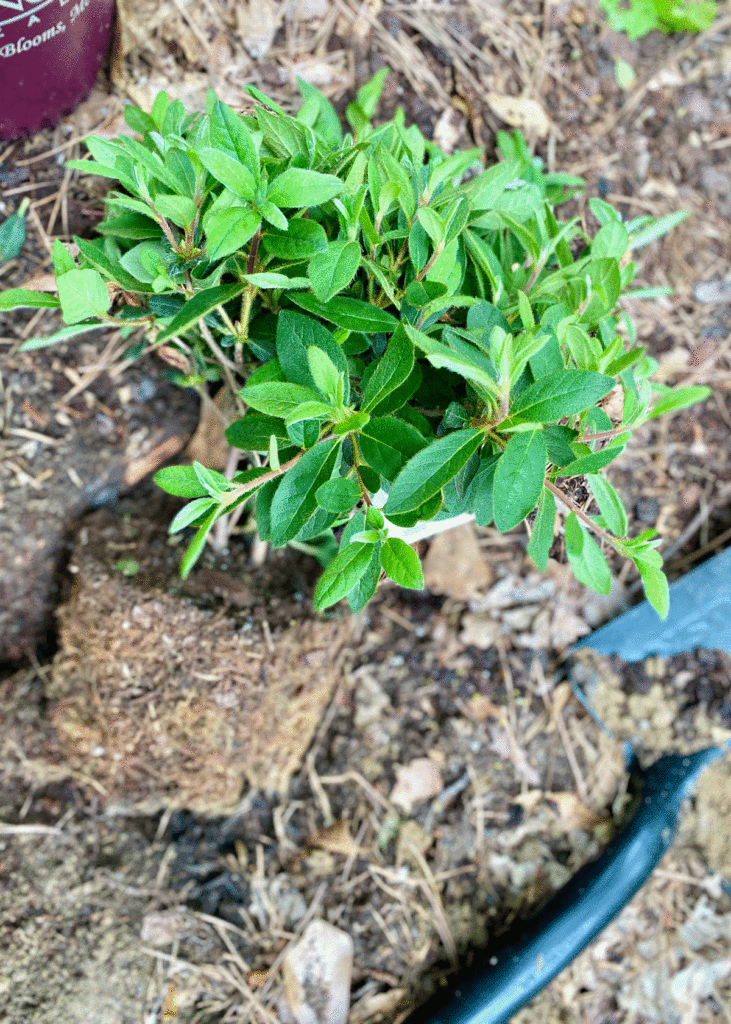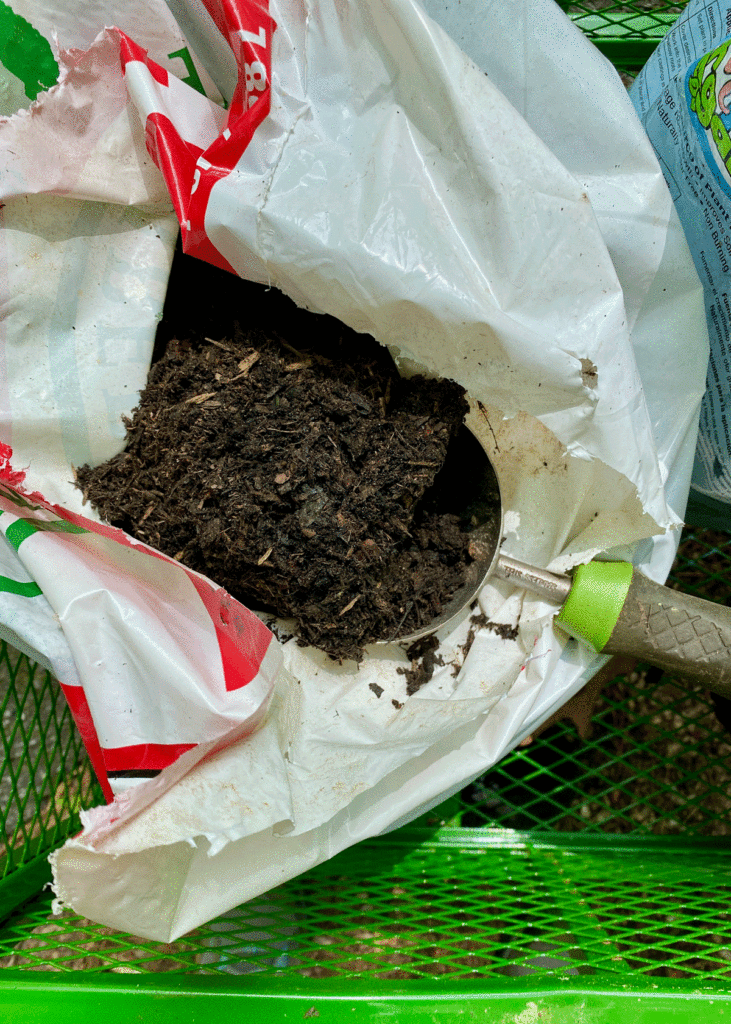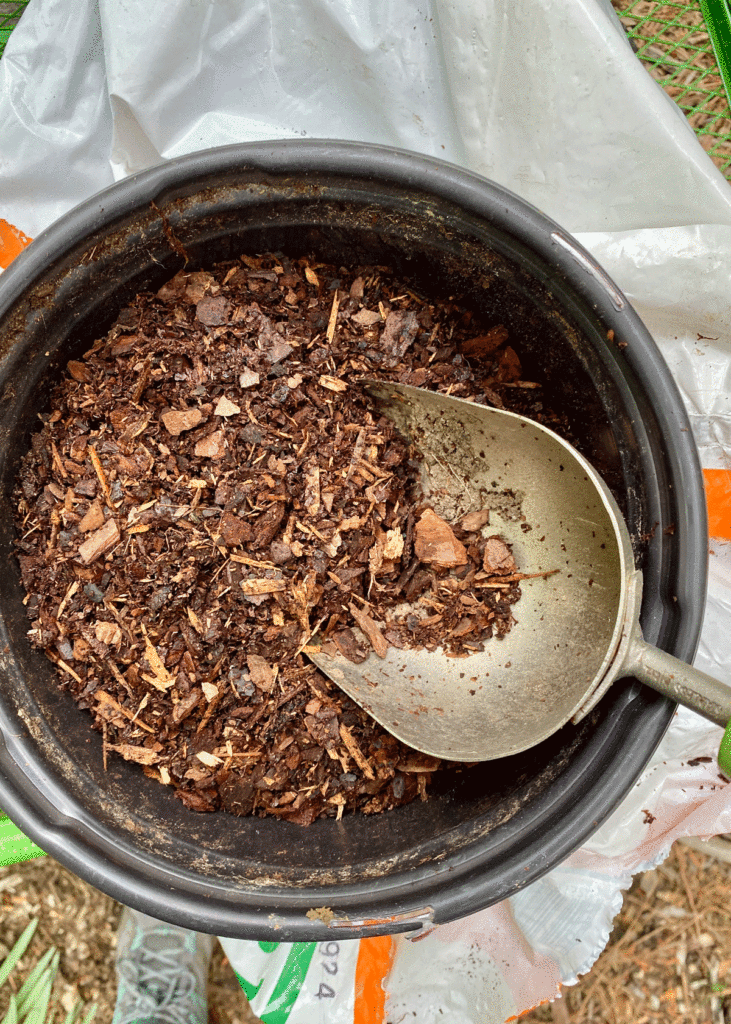When you live and garden in Georgia, it’s a given: you will grow azaleas. You may inherit them when you purchase a property, or decide to plant them on your own. Either way, it’s expected. Like naming your babies and paying taxes, growing azaleas is a certainty of life in these here parts.
I don’t consider growing azaleas a burden. I happen to like them a lot. And that’s why we planted quite a few on our property when we built 30 years ago. The mature George L. Tabor azaleas are the foundation of my landscape and I look forward to their grand pink blooms every spring. These stalwarts bloom sporadically through summer and fall, they only go away in the coldest months.
A couple years ago, we took down some trees and brush and opened up the space alongside the driveway. When deciding what to put in this newly opened up space, azaleas seemed like a good choice. There are several pockets along the driveway and I can’t plant them all at once, so every spring and fall, I pick out some Encore azaleas and plant them.
Encore azaleas are rebloomers. Before Encore azaleas, we had to settle for azaleas that bloomed only in spring. Encores promised blooms in spring, summer and fall. They pretty much changed the market after they became available in the late 1990s. For a time, they were difficult to find, but now they’re everywhere.
My experience with Encores is that they have the most blooms in spring, followed by fall. The summer florescence is intermittent, coming on stronger after cool, wet weather.
This spring, I found 1-gallon Encore azaleas for $9.98 at The Home Depot’s Spring Black Friday event. I purchased 5 and planted them within a few days. The ground was soft from recent rains and I’ve learned that if I wait until late spring to plant, the hot sun dries out the ground and stresses the plants.
Follow along for my spring 2024 Encore azalea planting.
Tools and Materials for Planting Azaleas

- Shovel. I like this one from Home Depot (not sponsored, it’s just a good one)
- Short-handled digging tool like a hoe/cultivator for getting rocks and tough roots out of the hole (not sponsored)
- Heavy duty pruners for cutting away vines and roots
- Soil amendments like compost, topsoil, soil conditioner and earthworm castings.
Planting Azaleas in Your Yard
1.Begin by selecting the right site. Azaleas like a part sun situation. They can handle full sun, that is 6 to 8 hours of sunlight a day, but I’ve found that a respite from the afternoon heat does them good. That’s why I selected a site that gets about 4 to 6 hours of midday sunlight each day.
2. Water the shrubs you’re planting. Give them a good, long drink. If I have time, I’ll pull out a galvanized tub, fill it partway with water and plop the potted shrubs in to soak.
3. Dig the holes. You want to dig the holes as deep as the pot and twice as wide as the plant. This is challenging in my woods because there’s a lot of rocks in the soil. That’s when the hoe/cultivator tool comes in handy–I use it to pry out rocks from the hole.

4. Check the hole’s depth by gently pulling the shrub from the container and placing it in the hole. It’s the right depth if the plant’s crown sits just slightly higher, like a half-inch, above the surrounding soil.
5. I use a garden knife, or pruners or the hoe/cultivator and break up the root ball to loosen up the roots.

6. Place the plant in the hole and fill in with a mixture of the native soil and soil amendments like topsoil, compost and earthworm castings. You can mix in a slow-release fertilizer, if you like.

7. Circle with a topcoat of soil conditioner or mulch.
How to Care for Azaleas

You want to water new shrubs frequently. Ideally, you’ll plan your plantings just before a good, soaking rain. I check new shrubs frequently during the first year they’re in ground. It takes about a year for the roots to establish.
More Garden Stories from A Cook and Her Books
Join the Conversation
Let’s talk about gardening and more on Instagram and Facebook. I’d love to hear from you!



Leave a Comment